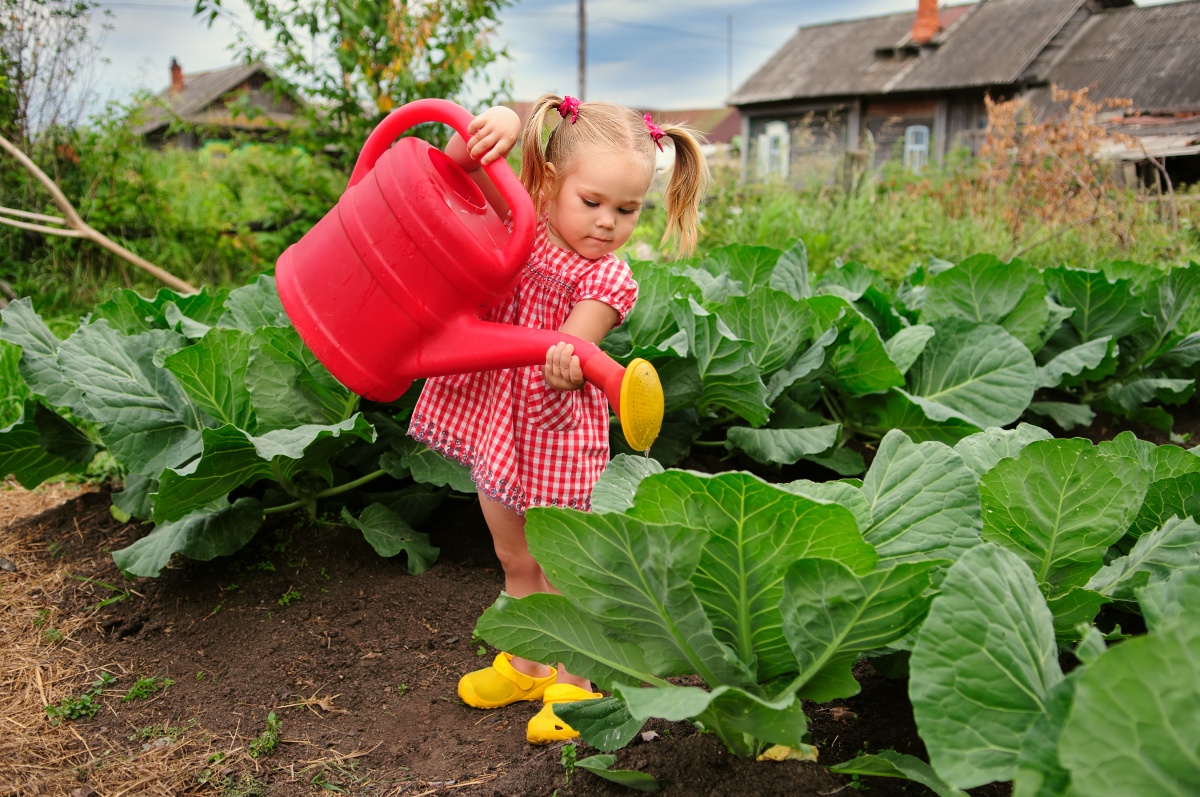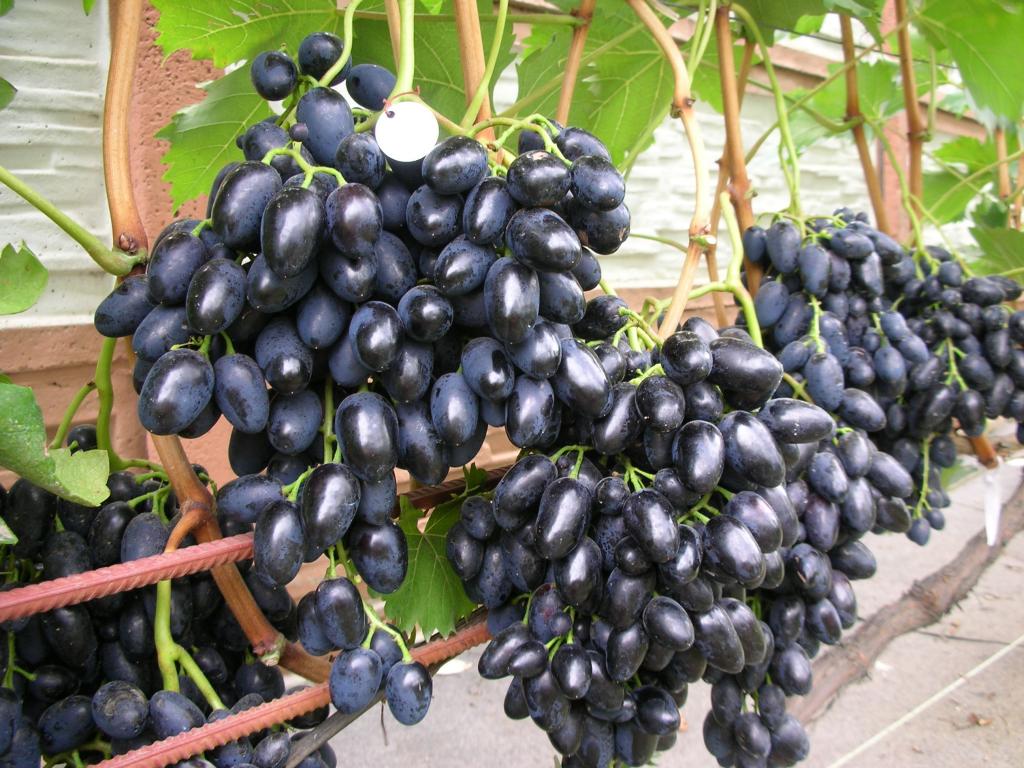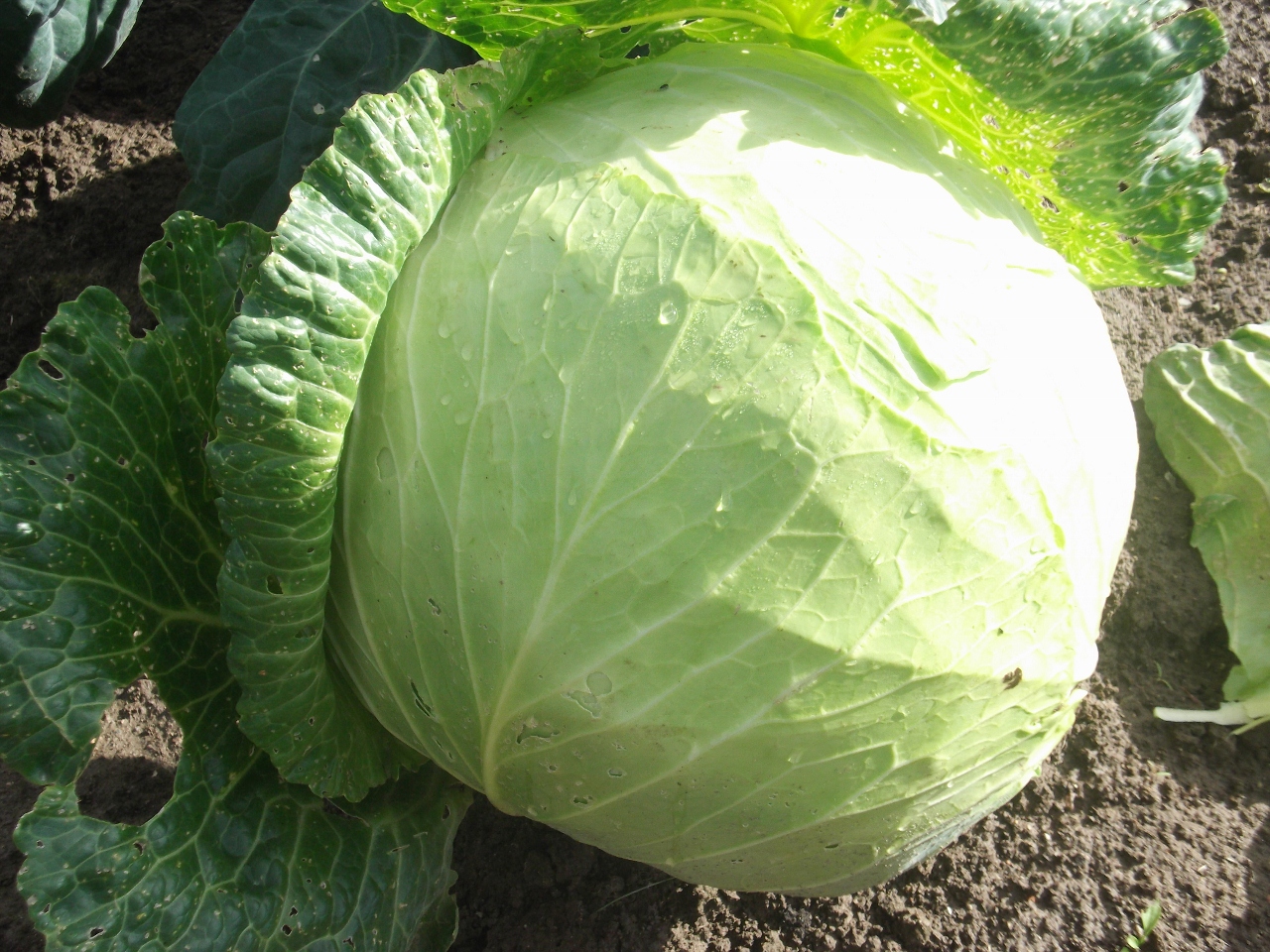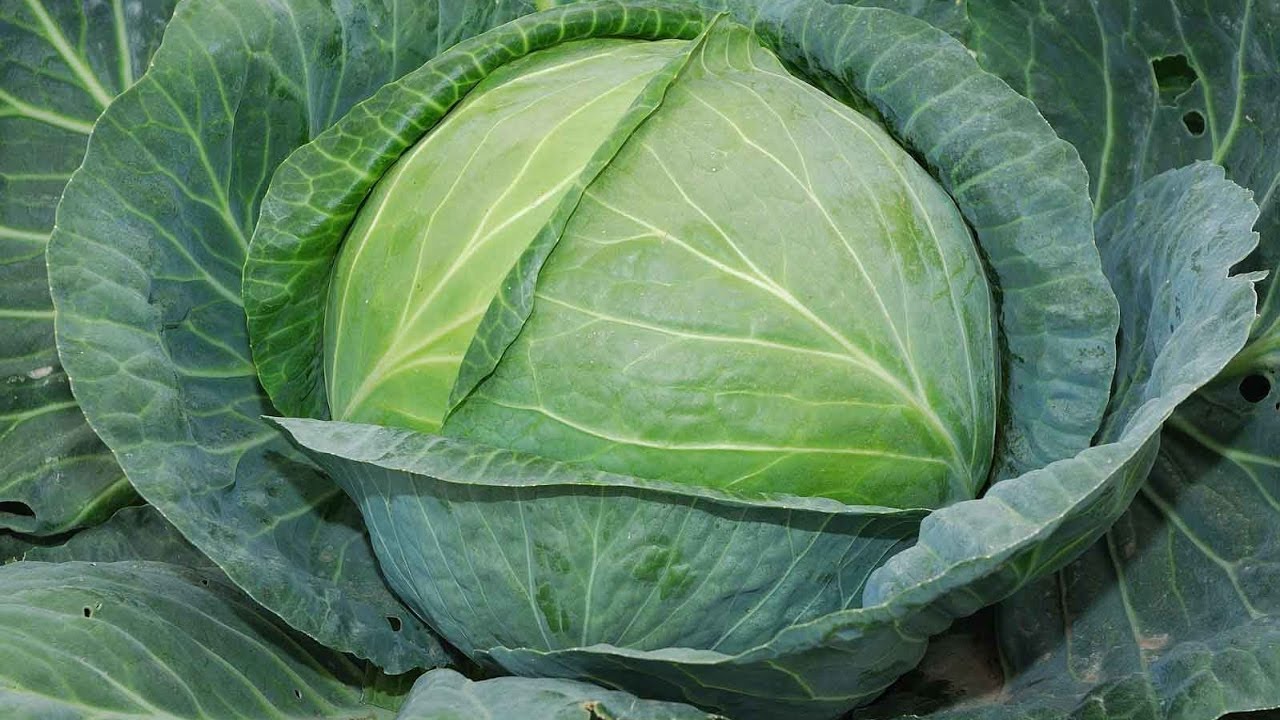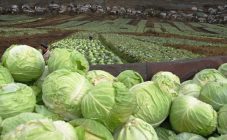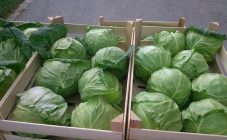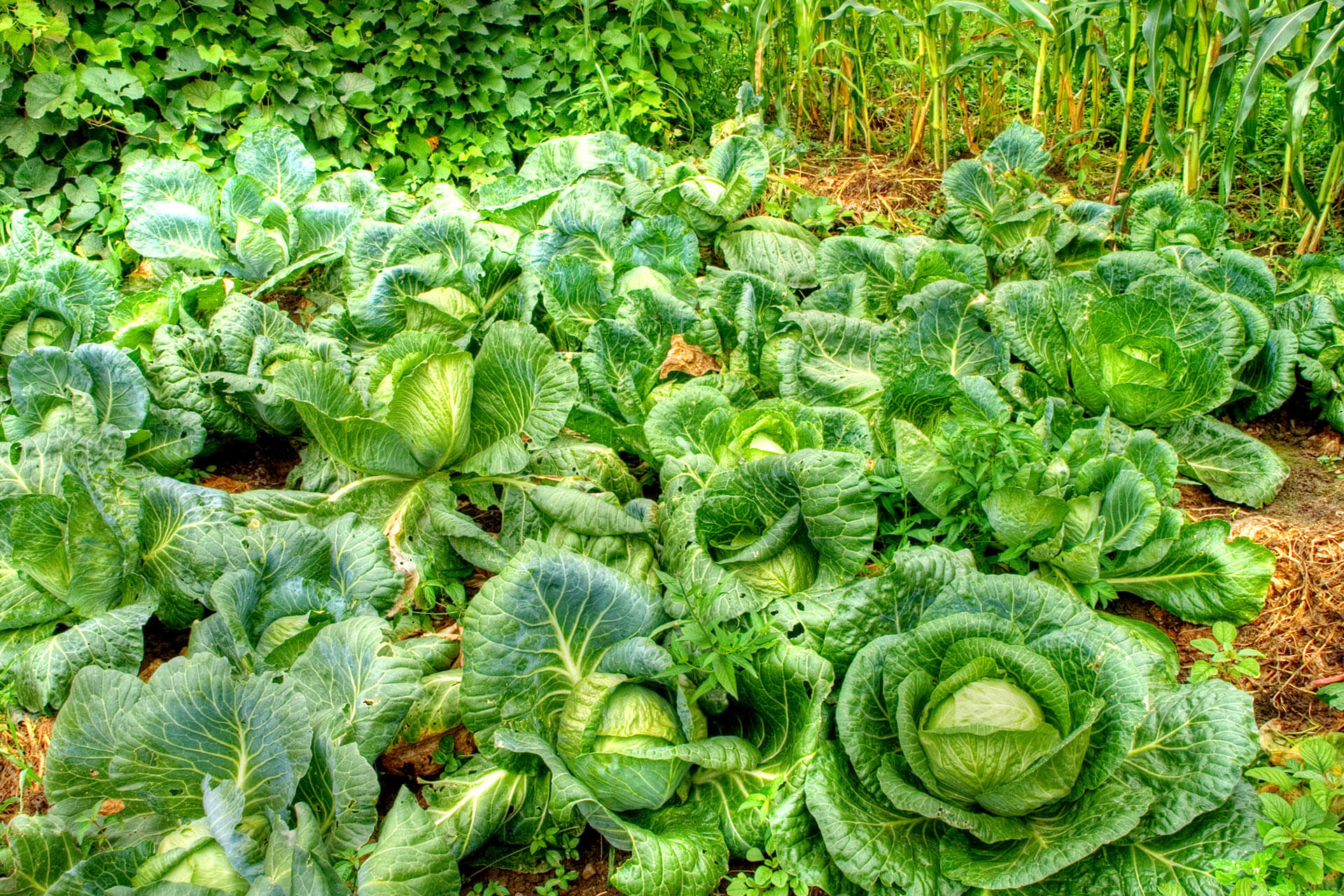Content:
Today, in almost every summer cottage, gardeners grow a variety of types of cabbage: Brussels sprouts, cauliflower, red cabbage, kohlrabi and Savoy cabbage. But none of the listed species can be compared with white cabbage in terms of their distribution and demand. Breeders are still working tirelessly to develop new varieties and hybrids of this variety, despite the fact that there are an incredible variety of varieties now. One of the most common varieties of white cabbage is Nadezhda.
It is a hybrid of medium ripening duration. It was bred relatively recently - in 1969 by crossing the Plotnokochannaya variety with Slava Enkgoisen at the West Siberian Vegetable and Potato Selection Experimental Station. Already in 1975, the variety was appreciated by experts and entered into the USSR state register. Now Nadezhda is actively used in 10 regions of the Russian Federation: Central, Far Eastern, North-West, East Siberian, Central Black Earth, West Siberian, Volgo-Vyatka, Middle Volga, Nizhnevolzhsky and Ural.
Characteristics and description of the cabbage variety Nadezhda
Initially, the white cabbage Nadezhda was intended for the regions of the Far East, Siberia, the Urals and other northern regions. But the numerous advantages of the variety were to the liking of many gardeners, therefore the culture is actively grown in almost all corners of the CIS.
General description:
- the variety is valued for its high rates of disease resistance and stable yield;
- heads of cabbage are resistant to cracking;
- mid-season variety - it can take from 80 to 95 days from planting seedlings in the soil to harvesting;
- fruits are universal in their use;
- has high commercial qualities, suitable for large-scale commercial production;
- has excellent taste.
Head rating:
- the inner stalk is short, the head is moderately dense;
- shape - round-flat;
- the leaves are medium in size, painted in gray-green tones, rounded and wrinkled;
- the weight of each head of cabbage can vary from 3 to 3.5 kg;
- long-term storage;
- may be subject to transportation.
Agrotechnics:
- sowing is best done in April, according to the recommended planting pattern of 60 by 60 cm.
- at low temperatures, the ripening time can reach 110-130 days;
- varietal species is intended for cultivation in open soil;
- sowing depth 1.5-2 cm;
- the crop is usually harvested in August-October;
- the indicators of the abundance of fruiting are high - at the level of 3.4-10 kg / m2.
The variety is frost-resistant, not afraid of drought, has good resistance to diseases and pest attacks. Duration of storage is 5 months (subject to all storage rules).
This cabbage has a unique chemical composition, so it has many beneficial properties for the human body. It contains vitamins, minerals, carbohydrates and proteins. The usefulness of a vegetable fully depends on the climatic characteristics, the type of soil and the cultivation technique. Under optimal temperature conditions and good illumination, the heads of cabbage will contain a high concentration of ascorbic acid (vitamin C).
Agrotechnics
Cabbage Nadezhda is very demanding on lighting. It is recommended to select an area where the sun's rays dominate for a long time.It is necessary to plant seedlings in places where melons and nightshades grew in the previous year.
Soil features
Cabbage is susceptible to the type of soil - it must be fertile and contain a high concentration of potassium, calcium and nitrogen. The place must be prepared in the fall, enriching the land with mineral or organic fertilizers. Preference should be given to peat, humus, compost and manure.
How to plant correctly
Seedlings are planted in the soil, as a rule, in mid to late April, covered with foil or agrofibre to protect them from frost. It is necessary to remove the protection with the onset of heat so that the plants do not overheat.
The plant must be irrigated three times with gibbersib, which stimulates the growth of the culture and increases the concentration of ascorbic acid in cabbage.
Ideally, you should spray:
- When forming adults 6-8 leaves.
- When forming a head of cabbage.
- One week after the second spray.
Plant care
To get a good harvest of cabbage, you must adhere to all the rules for caring for it.
Cabbage loves water, but you shouldn't pour it too much. Otherwise, the likelihood of developing fungal infections increases. If there are options and opportunities, then it should be borne in mind that in recent years, drip irrigation systems have been increasingly used.
Loosening and hilling are integral parts of caring for the Nadezhda variety. The plant needs an airtight and light earth. Only by carrying out regular loosening will it be possible to comfortably grow a crop. It must not be forgotten that weeds must be removed regularly throughout the cultivation period.
The variety has a weak stump, so the culture must be spilled. It is preferable to do this immediately after loosening and watering.
Advantages and disadvantages
The demand for the variety among gardeners is due to the large number of predominant features of Nadezhda.
The main advantages of the variety:
- Good yield indicators. Subject to all the rules of care and favorable climatic conditions, it is possible to collect about 1445 centners per hectare (we are talking about growing crops on an industrial scale).
- Excellent taste. Heads of cabbage are versatile in their use. This cabbage is recommended for fresh consumption, it is easily used for making various salads and soups. The main purpose of Nadezhda is pickling, salting and pickling (it is these dishes that contain a high concentration of ascorbic acid). A properly prepared dish exudes incredible aroma and crunches on the teeth.
- Head cracking is not observed.
- Under favorable conditions, heads of cabbage can be stored for 5-6 months.
- Transportation of vegetables over long distances is possible. At the same time, cabbage does not lose its useful properties and presentation.
- According to the numerous positive reviews of gardeners, it is worth adding that the varieties of Nadezhda 455 and 85 are frost-resistant and are not afraid of drought. When the temperature drops to -5 degrees, the cabbage feels quite comfortable in the soil. However, it should be remembered that the maximum amount of the harvested crop is observed at a temperature not higher than +25 degrees. At high temperatures, the accumulation of nitrates in the heads of cabbage is observed.
- Thanks to a good immune system, plants practically do not get sick with gray rot, black leg and keel.
This variety has its drawbacks. Of the most significant, it is worth highlighting the susceptibility to bacteriosis, the cabbage loves it very much.
The Nadezhda variety is capricious, but not capricious. With proper care, even a novice agronomist can provide himself with a good harvest. Even for commercial purposes, growing this variety is cost effective.

